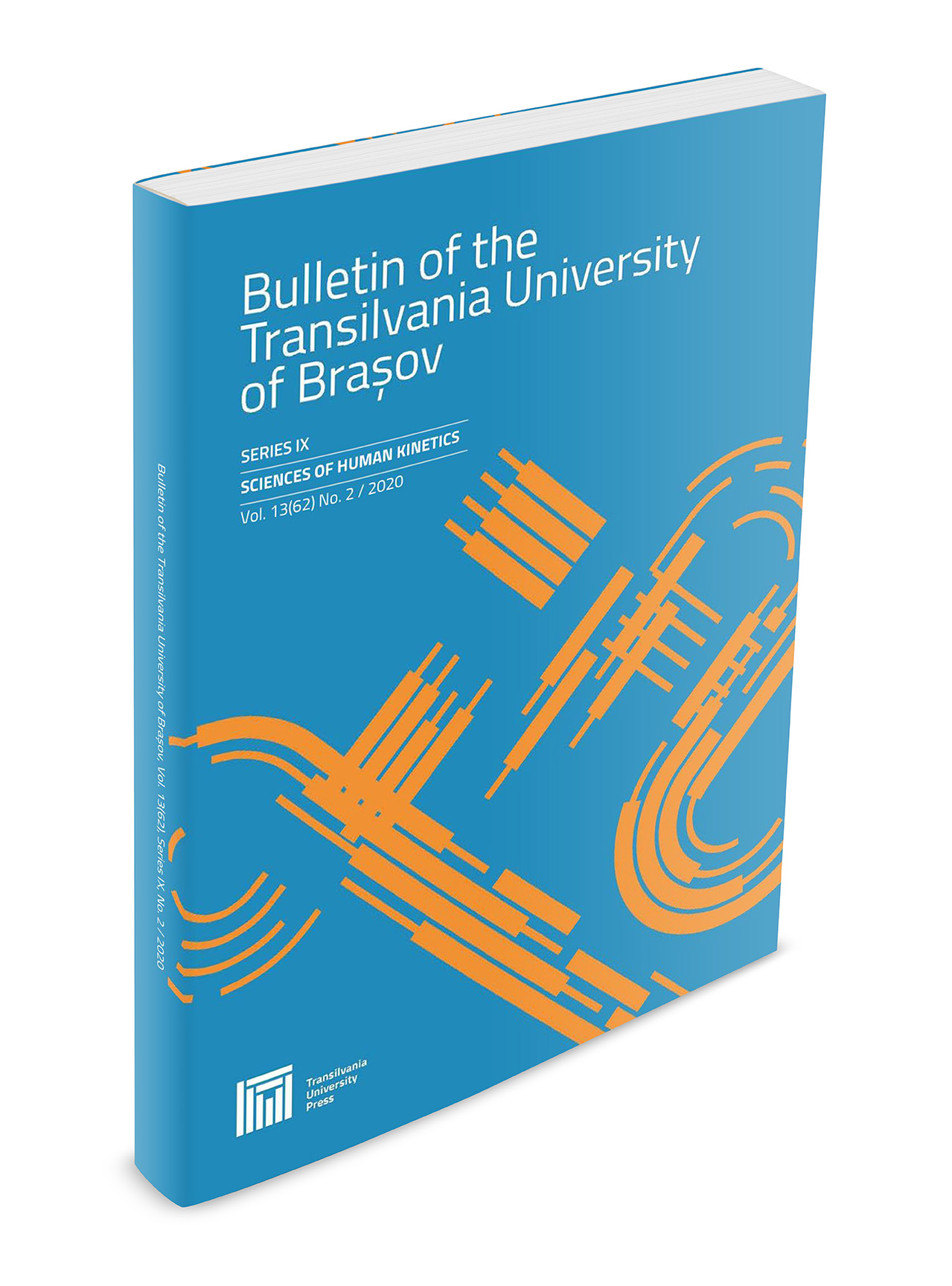Spine Deficiency among Pupils with Intellectual Disabilities Corrected by Physical Therapy Exercises
DOI:
https://doi.org/10.31926/but.shk.2019.12.61.24Keywords:
special education system, primary and secondary education, intellectual disabilities, physical deficienciesAbstract
The aim of the research was to emphasize the incidence of spine deficiencies in students with intellectual disabilities involved in the recovery program within the kinetotherapy classes carried out in special schools in Bucharest. We wanted to point out that among the two categories of children with disabilities enrolled in special education from Bucharest (children with mild/moderate intellectual disabilities and children with serious/severe/profound intellectual disabilities) there are no statistical differences related to the incidence of spine deficiencies. The research sample consisted of students enrolled in special education from 11 schools. Thus there were formed two groups of students: were students with mild/moderate intellectual disabilities and children with serious/severe/profound intellectual disabilities. Another criterion for forming working groups was the school level. Thus, each category was divided into subjects enrolled in primary education and subjects enrolled in secondary education. The comparison made between the groups revealed that in terms of the incidence of spine deficiencies there is a correlation between the type of physical deficiency and the degree of disability. Keywords: special education system; primary and secondary education; intellectual disabilities, physical deficiencies.Downloads
Published
Issue
Section
License
Copyright (c) 2019 Bulletin of the Transilvania University of Braşov. Series IX: Sciences of Human Kinetics

This work is licensed under a Creative Commons Attribution 4.0 International License.





